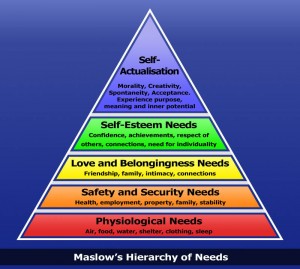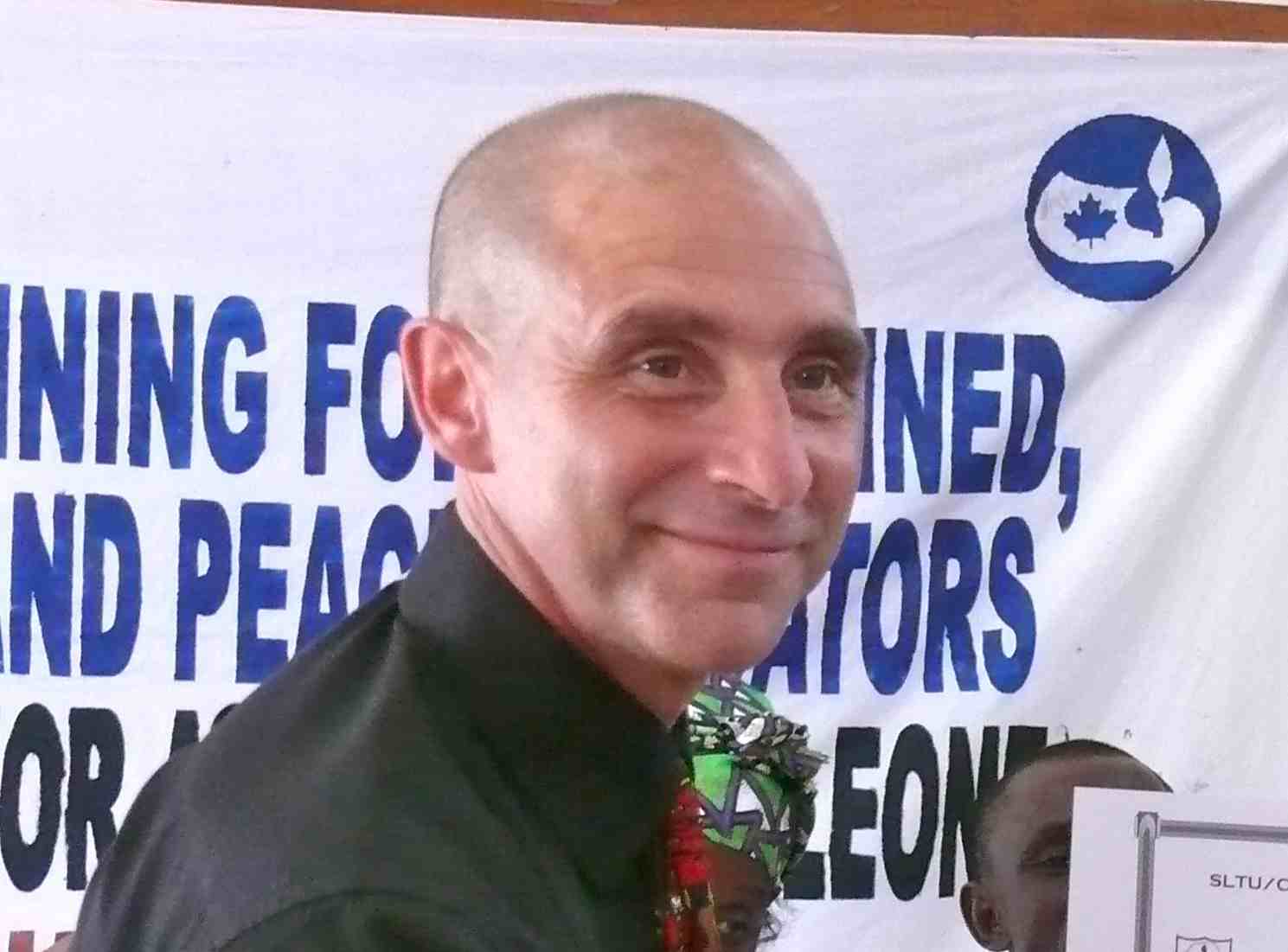I work with some very challenging students, who at their core, are really nice people. As I get to know them as people first and learners second, what surfaces quite rapidly is that many of their needs are beyond my skill set. I am not a counsellor. I am not a psychologist. I am not a physician. Yet the needs they bring to my classroom are very diverse and more complex than just literacy and numeracy. I find myself often saying, what can I do to help this child succeed and feel good about themselves. As you know, there is no simple answer to this question.
This year I have been faced with a dilemma that I have never before in my career been in. I do not know what to do for a child in my class. All of my efforts, strategies, consultations and professional readings have left me in the same place I started with this child over 6 months ago. This individual’s lack of progress (and at times regression) have been a huge stressful burden on me as I struggle everyday trying to figure out what to do to help this child stabilize and grow as a student should. My initial reaction was that despite my absolute best effort, I have failed this child.
I have a very good friend and colleague to whom I shared this belief about myself with. He was very quick to point out that I had not failed him. The student’s lack of progress is a result of many needs not being met. He began to query me about my approach with the student. The conversation went something like this:
Do you differentiate the work for this student so that it reflects his current academic level? Yes
Do you provide accommodations in his program that meet his individual’s learning needs? Yes
Do you work hard to make that student feel welcome and cared for each and every day in your classroom? Yes
Do you seek out additional supports within your school and/or board to assist you in creating a program for this student? Yes
Do you communicate your concerns in an ongoing manner to your school support team, principal as well as the student’s family? Yes
Do you smile and tell that student what a nice person they are and thank them for coming in everyday and putting forth their best effort? Yes
At the end of that conversation I came to realize that I had not failed this child. I had to the best of my knowledge and skill set did everything humanly possible to help this individual succeed and that despite my best effort, that progress was not occurring. I had not failed him, because I had not given up on him.




 does not get enough attention. I’m talking about mental health in schools.
does not get enough attention. I’m talking about mental health in schools.